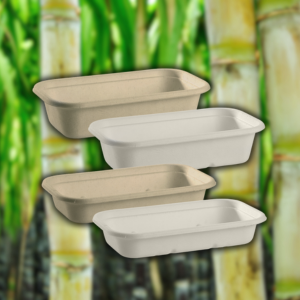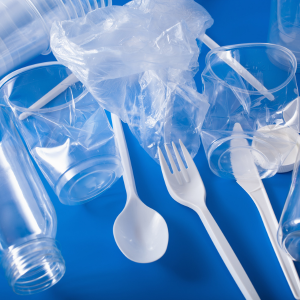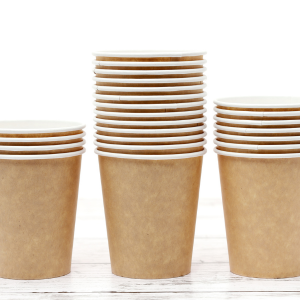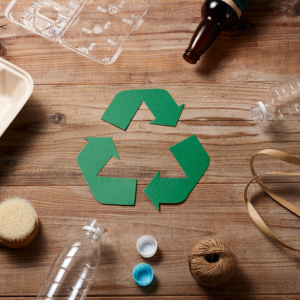Sugarcane vs Plastic vs Paper Takeaway Containers: A Commercial Buyer’s Guide
In New Zealand’s hospitality and food service industry, packaging choice is no longer just about cost—it’s about sustainability, hygiene, and customer experience. With increasing demand for eco-friendly solutions, businesses are comparing sugarcane, plastic, and paper takeaway containers to find the best fit for their menu and compliance requirements.
This guide breaks down the pros and cons of each packaging type so you can make an informed decision for your restaurant, café, catering company, or food truck.
1. Sugarcane Takeaway Containers
What They Are: Made from bagasse, the fibrous by-product of sugarcane processing, these containers are compostable, renewable, and food-safe.
Advantages:
-
Compostable: Certified to break down in commercial composting systems.
-
Heat & grease resistant: Handles hot, oily, and wet foods without leaking.
-
Microwave and freezer safe: Convenient for both customers and kitchens.
-
Made from waste: Uses a by-product rather than virgin resources.
Limitations:
-
Higher cost than plastic in some cases.
-
Dependent on composting facilities: Compostability is most effective where collection systems exist.
2. Plastic Takeaway Containers
What They Are: Typically made from polypropylene (PP), polyethylene terephthalate (PET), or polystyrene (PS).
Advantages:
-
Durable and versatile: Resistant to breaking or tearing.
-
Leak-proof: Excellent for soups, sauces, and oily foods.
-
Widely available: Easy to source in multiple sizes and formats.
Limitations:
-
Environmental impact: Most plastics are not biodegradable. Recycling is limited, especially for food-contaminated containers.
-
Not compostable: Adds to landfill and plastic waste.
-
Consumer perception: Increasingly viewed negatively by eco-conscious customers.
3. Paper Takeaway Containers
What They Are: Made from virgin or recycled paperboard, often coated with a plastic or PLA lining for strength.
Advantages:
-
Lightweight and low-cost: Often cheaper than sugarcane alternatives.
-
Easily printable: Smooth surface for branding.
-
Partially recyclable: If free from grease and plastic coatings.
Limitations:
-
Not always grease-resistant: May require a lining, which complicates recyclability.
-
Weaker structure: Can soften with hot or wet foods.
-
Limited heat resistance: Less suitable for microwave use compared to sugarcane.
Comparison Table
Feature |
Sugarcane Containers |
Plastic Containers |
Paper Containers |
|
Compostable |
Yes (certified) |
No |
Sometimes (if unlined) |
|
Recyclable |
Limited |
Limited (if clean) |
Yes (if uncoated/clean) |
|
Heat Resistance |
Excellent (up to 220°C) |
Varies by type |
Moderate |
|
Grease Resistance |
High |
High |
Low-Moderate |
|
Microwave Safe |
Yes |
Sometimes (check type) |
Limited |
|
Cost |
Moderate |
Low-Moderate |
Low |
|
Best Use |
Hot, greasy, eco-focused |
Liquids, sauces, budget |
Light meals, branding |
Which Is Right for Your Business?
-
Choose Sugarcane if you want eco-friendly, compostable containers that perform well with hot and greasy foods.
-
Choose Plastic if durability and leak-proof performance are your top priority, but consider consumer perception and waste impacts.
-
Choose Paper if cost and branding are more important, and your menu items are light or dry.
FAQ – Choosing Takeaway Containers in NZ
Are sugarcane containers accepted in NZ composting facilities?
Yes, many councils accept certified compostable packaging, but availability varies regionally.
Which packaging is cheapest?
Plastic and paper are generally cheaper per unit, but sugarcane offers long-term sustainability value.
Do customers prefer eco-friendly packaging?
Yes, surveys show that consumers are more likely to buy from businesses offering sustainable options.
Can paper containers handle oily foods?
Not reliably unless they have a liner—but that can make them harder to recycle.
Final Thoughts
For NZ food businesses, packaging is more than just a container—it’s part of your brand, compliance, and sustainability strategy. Sugarcane, plastic, and paper each have unique benefits and drawbacks, but sugarcane stands out as the most future-proof choice for balancing performance with environmental responsibility.
At Insinc Products, we stock a wide range of sugarcane, PLA plastic, and paper takeaway containers, helping commercial kitchens, caterers, and cafés across New Zealand choose the right packaging for their menu and sustainability goals.
Posted: Thursday 18 September 2025



